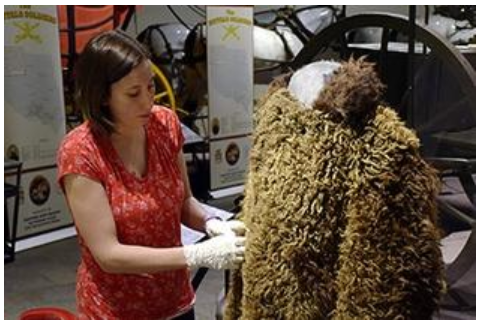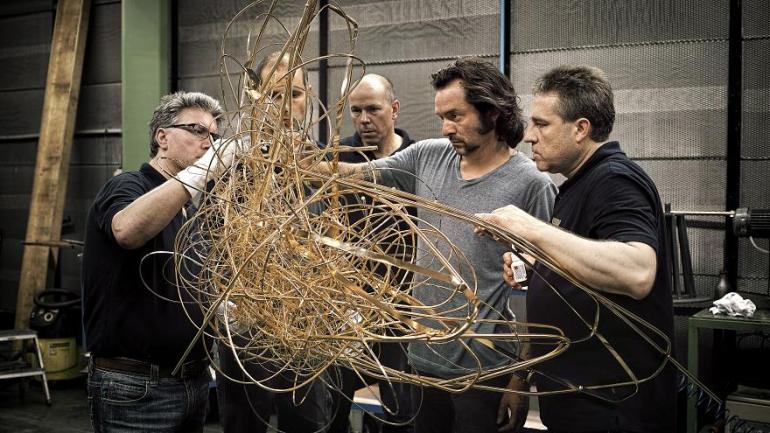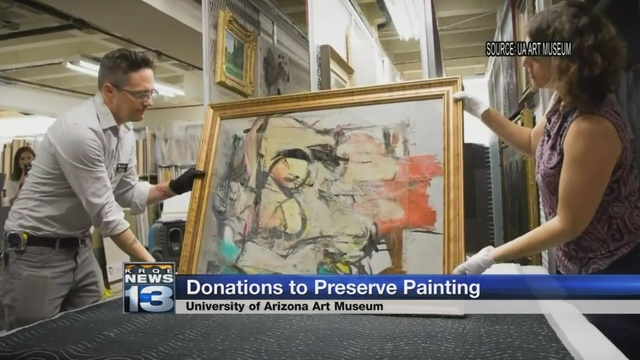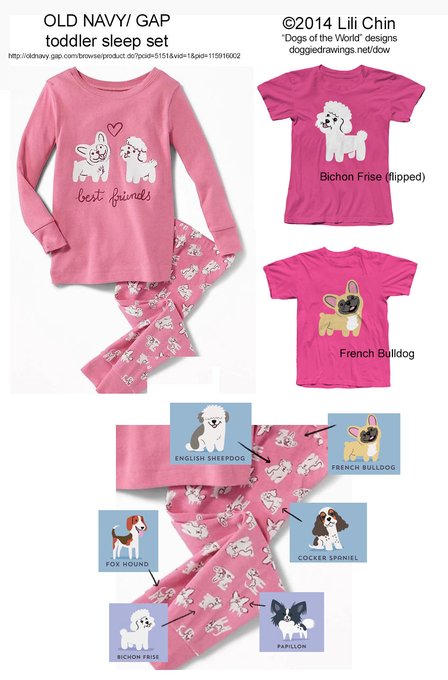http://www.ftleavenworthlamp.com/news/20180426/museum-seeks-to-preserve-restore-artifacts

Museum seeks to preserve, restore artifacts

Photo by Sgt. Alan Brutus, Army University PressMegan Hunter, museum specialist, prepares a buffalo hide overcoat used in the Indian Wars, circa 1872, for transport to a conservator April 12 at the Frontier Army Museum. Photo by Sgt. Alan Brutus, Army University Press.
The staff of the Frontier Army Museum face a daily dilemma: the museum’s artifacts continue to age. To minimize the aging process, pieces of the collection are routinely preserved through stabilization or restoration.
“Stabilization is used to secure the object and protect it from further damage,” said Megan Hunter, FAM museum specialist. “Restoration is when a conservator brings the objects back to its original state.”
The most recent item selected for preservation is a buffalo hide overcoat used in the Indian Wars, circa 1872. FAM specialists sent the overcoat to the Gerald R. Ford Conservation Center in Omaha, Neb., April 16 for repairs that include patching small holes, mending stitching and general cleaning.
Unlike the overcoat, it is not possible to stabilize or restore every piece of history.
“Eventually all artifacts reach the end of their lifespan, at which point the U.S. Army Center of Military History in the District of Columbia will determine the outcome of that artifact,” Hunter explained.
Sometimes objects are reproduced when stabilization and restoration are not viable options, which was the case for the four-mule wagon currently on display at the museum.
“A conservator used the Army regulations (‘Specifications for Means of Transportation, Paulin, Stoves and Ranges, and Lamps and Fixtures for Use in the United States Army,’ Washington Government Printing Office, 1882) of the time to reconstruct the wooden portions of the wagon and adhered to the structure measurements and colors,” Hunter said.
Conservation is an ongoing effort at the museum where physical condition and historical significance prioritizes items. Once an artifact meets the preservation criteria, it is prepared and sent for treatment.
“Treatments range from vacuuming something off of an artifact to complete restoration,” said George Moore, FAM museum curator. “Depending on what treatment is required determines the length of time for the process.”
Treatment typically averages two to six months for most artifacts.
Hunter added that proper handling and supports, environmental controls and limiting exposure to light are actions taken to slow the deterioration of objects.
“It is important to care for and treat historical items like those in the Frontier Army Museum collection because they are a learning tool. Whether it’s an exhibition or individualized study, an authentic artifact gives you more information than a photograph or detailed description ever would,” Hunter said.
Museums are not the only place artifact preservation can take place, and many techniques can be done at home to aid in preserving personal items such as uniforms and paperwork.
To learn more about these techniques, join the Friends of the Frontier Army Museum for Museum Night at 5:30 p.m. May 1. During this event, FAM staff will explain preservation methods that can protect family heirlooms.
“We hope that people will understand that half the battle is protecting the artifact before it becomes in need of conservation treatment,” Hunter said.
For more information about attending Museum Night, visit the Friends of the Frontier Army Museum website at https://www.ffam.us/our-events.html.






